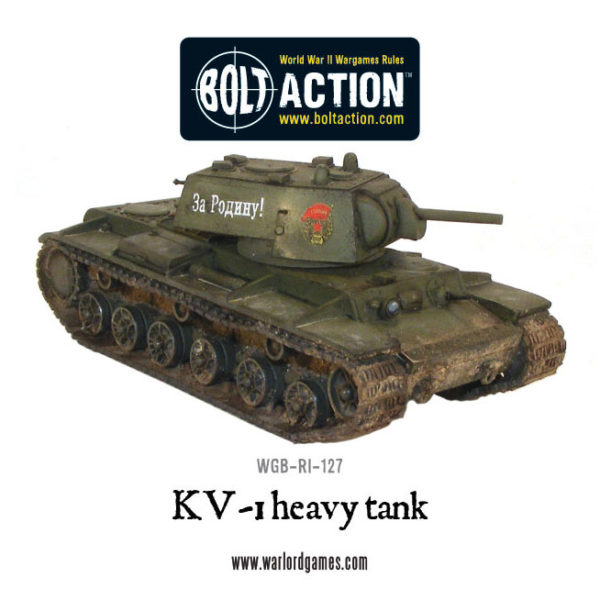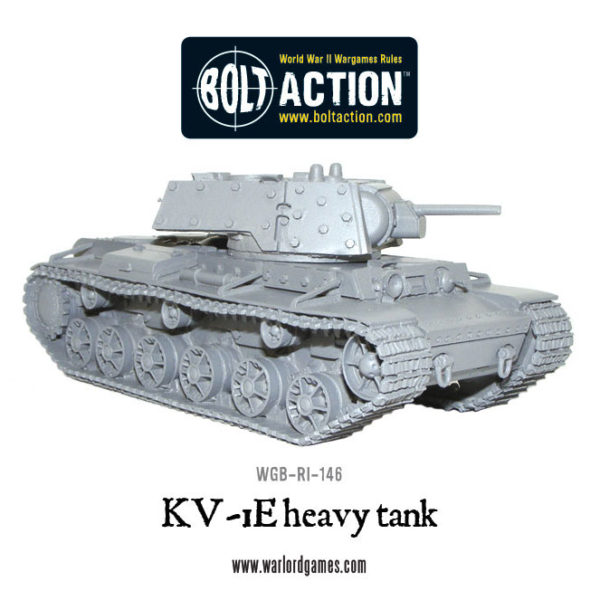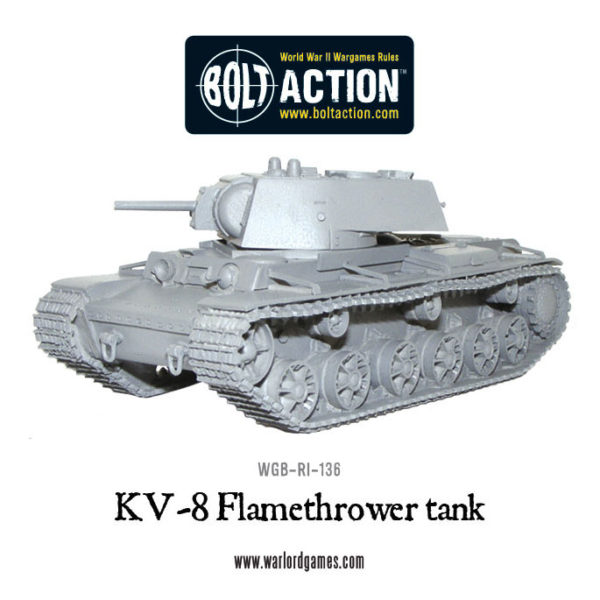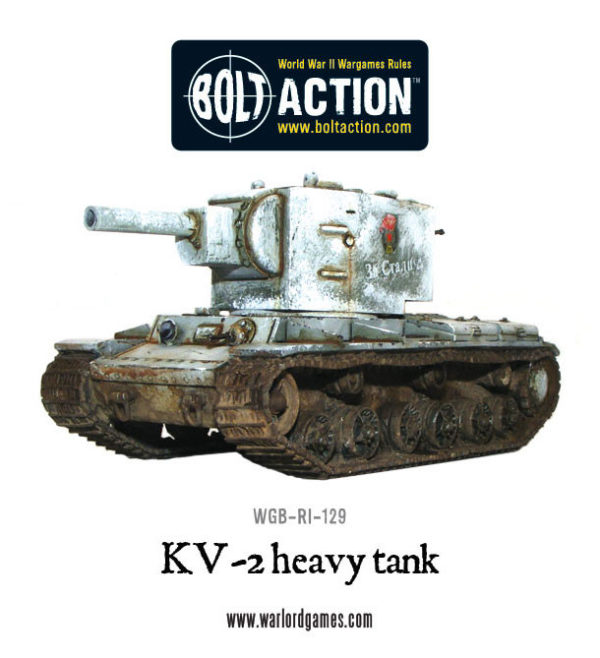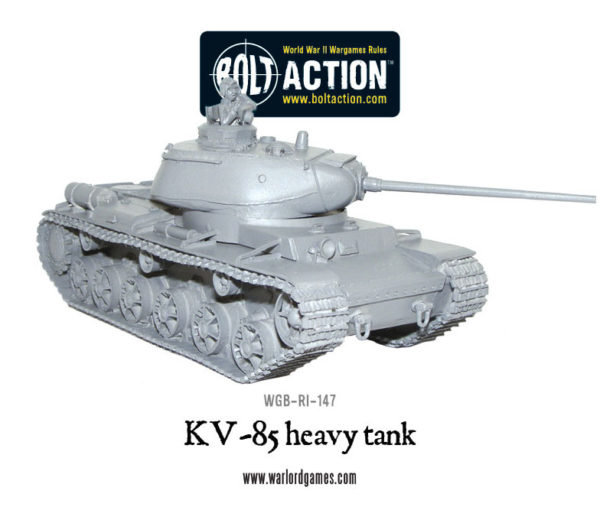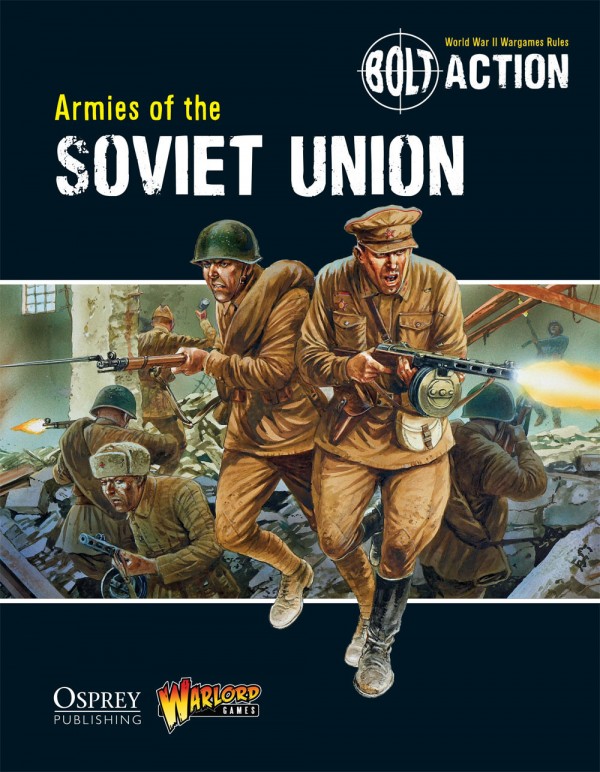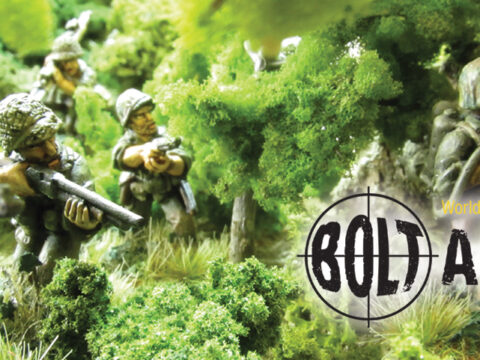The Soviet ‘KV’ tank series were named after the defence commissar Kliment Voroshilov and were known for their heavy armour. At the onset of the war with Germany they were virtually untouchable by the German Panzers, with only the heavy 88 mm anti-tank gun being able to stop them. The thickness of their armour often simply sent German shells bouncing harmlessly off of them.
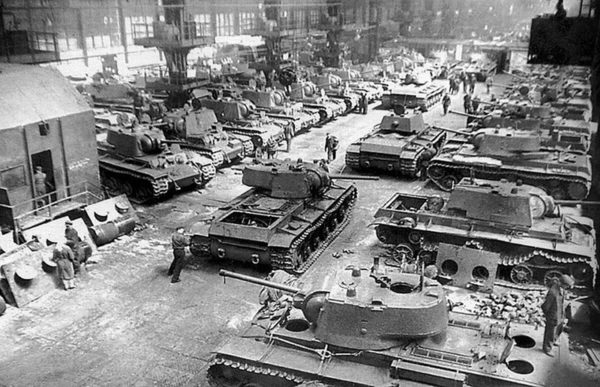
KV tank production line at the Chelyabinsk Tractor Plant
KV-1
The KV1’s main armament was a 76mm main gun with coaxial and hull mounted machine guns, along with one attached to the cupola to fend off any attacks from the air. Despite the 45 tonne weight, the tank could manoeuvre well on soft ground. However, they suffered from difficult steering, notoriously poor transmission (across almost the entire KV series) and poor visibility.
During the failures in at the battle of Kharkov and the campaigning in Crimea, the KV 1 was criticised for its technical and tactical shortcomings. Tank brigades sometimes had to simply abandon these 45 tonne vehicles, because the bridges they had to cross could not support the weight!
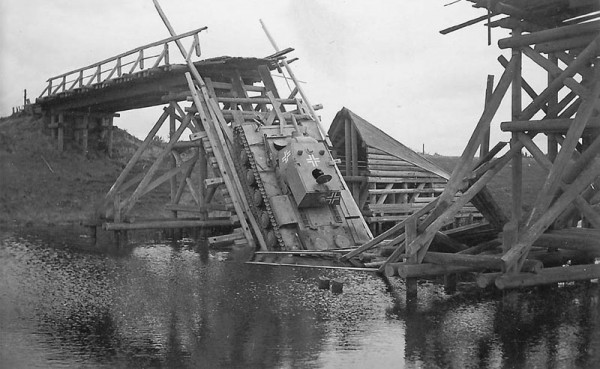 A 45-tonne captured KV-1 in German service has a little trouble crossing a river
A 45-tonne captured KV-1 in German service has a little trouble crossing a river
KV-1E
The industrious Soviets made the most of the successful KV-1 chassis, producing a number of specialist variants – including the KV-1E (with the ‘E’ standing for ‘Ekranirovaniy’ or “with shields”) – with Russian engineers adding extra armour by bolting steel plating onto the KV-1 hull and turret.
KV-8
The KV-8 used the KV-1 chassis – but was fitted with the ATO-41 flame-thrower alongside the main gun and Machine Gun in the turret – making for a ferocious anti-infantry tank.
The standard 76.2mm gun wouldn’t fit alongside the flame-thrower, so was replaced by a smaller 45mm gun – though the Soviets craftily disguised them by placing them inside of 76mm tubes – so that the enemy couldn’t tell the difference!
KV-1B, KV-1C, and KV-1S
The next model was the KV-1B – this variant saw 25-35mm of additional armour added to the turret, the front of the hull, and the sides. The turret was now cast, rather than welded – and the main gun was replaced by the F-34 gun. The up-gunning proved useful against the ever more potent German tanks of the era – though ultimately they weren’t able to keep pace with the T-34s.
The KV-1C had further armour added, refinements to the engine, and the addition of the 76mm Zis-5 gun. It was one of the most numerous tanks produced at the time.
The KV1-S was the fastest of the original KV-1 series, with less armour and greater speed – the drivers of these vehicles were trained to manoeuvre the tank in such a way as to not show any weak spots to the enemy. The other significant improvement was the commander’s cupola vision blocks, which enabled full vision around the tank. Despite the increase in speed, the tank was expensive to mass produce when compared to the T-34. The next step was to try to make the series more comparable to the T-34 by improving the KV1-S by giving it thicker armour and a new turret and gun – the 85mm D5T which would also later go on to feature in the IS-85.
KV-2
The KV 2 was even heavier than its predecessors, sporting a massive turret, which carried a 152mm howitzer. Slow and easy to spot in a fight (thanks to its huge profile), the tank was easily singled out on the battlefield. They also fell prey to German capture, and were used by them for artillery observation.
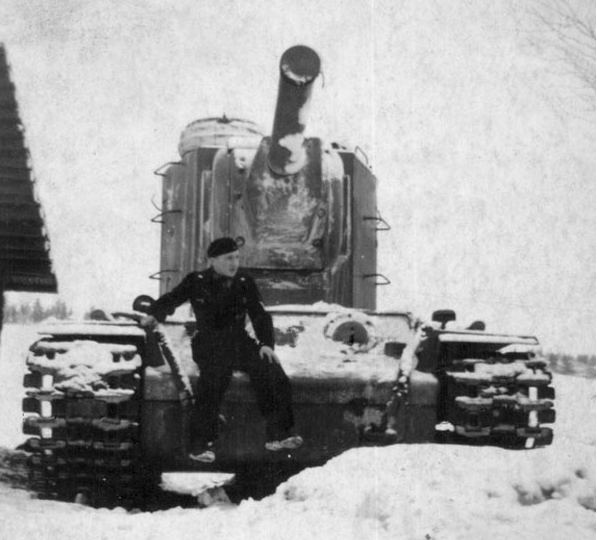
The tank was not as easy to mass produce compared to the newly created T-34’s. The KV2s performed poorly in comparison, and would be superseded by them.
KV-13
The KV-13 was an attempt to reduce the weight down to a more respectable 30 tonnes, whilst keeping the thick armour. The initial plan was to replace all the T-34s and current crop of KV tanks with this new design, making it the universal tank of the Red Army.
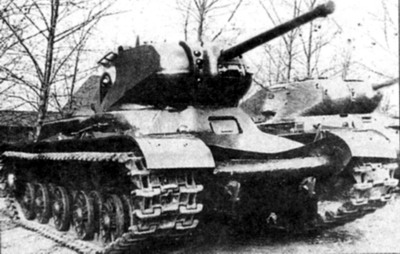
During trials however the tank suffered from the same problem as most of the KV series, an unreliable transmission. To combat this they used an improved transmission system which was actually first created back in 1941 for the ill-fated KV-3, and was combined with a lighter hull and modified turret – producing the KV-13. This new and lighter tank meant that it sacrificed the heavy armour but gained improved speed and reliability.
Whilst the izd.237 (later to be renamed, IS-85) was still in its prototype design stage, there was an idea to place a 85mm anti-tank gun into the turret of the KV-13, in response to heavier German tanks being seen on the battlefield. Due to the sheer size of the gun, the turret could not fit the gun perfectly, and despite a prototype being developed, production was halted.
KV-85
The KV-85 was produced as a temporary stop-gap whilst the IS was being tested. The tank proved more than capable to taking on the Germans Panthers, but lacked the capability to knock out the Tiger 1s.
Unusual Prototypes
There were several types of the KV series that either never made it into full the prototype stage, or only one was created and either lost or destroyed. As well as many of the usual alterations such as increased armour, better and more reliable mechanics, up-gunned variants, turretless tractors and the like – there were a few more exotic and unusual experiments…
The KV-5 was similar to design to the KV-2 – with the addition of a second, smaller turret to the front right of the tank, mounting a machine gun.
There was a prototype of a chemical tank (The KV-12) with four armoured vats of toxins attached to the hull and even one (The KV-7) which had three anti tanks guns attached, making the KV series a very versatile tank design.
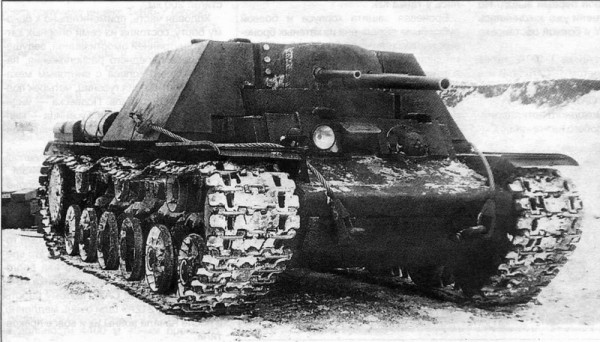
The Prototype KV-7 – which mounted three anti-tank guns side-by-side in an armoured citadel, replacing the turrets of previous KV tanks – and thus was the predecessor to the likes of the SU-152
Now that we’ve whetted your appetite for some serious Soviet armour, why not head over to the Warlord webstore to gather reinforcements?

